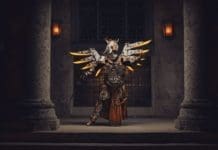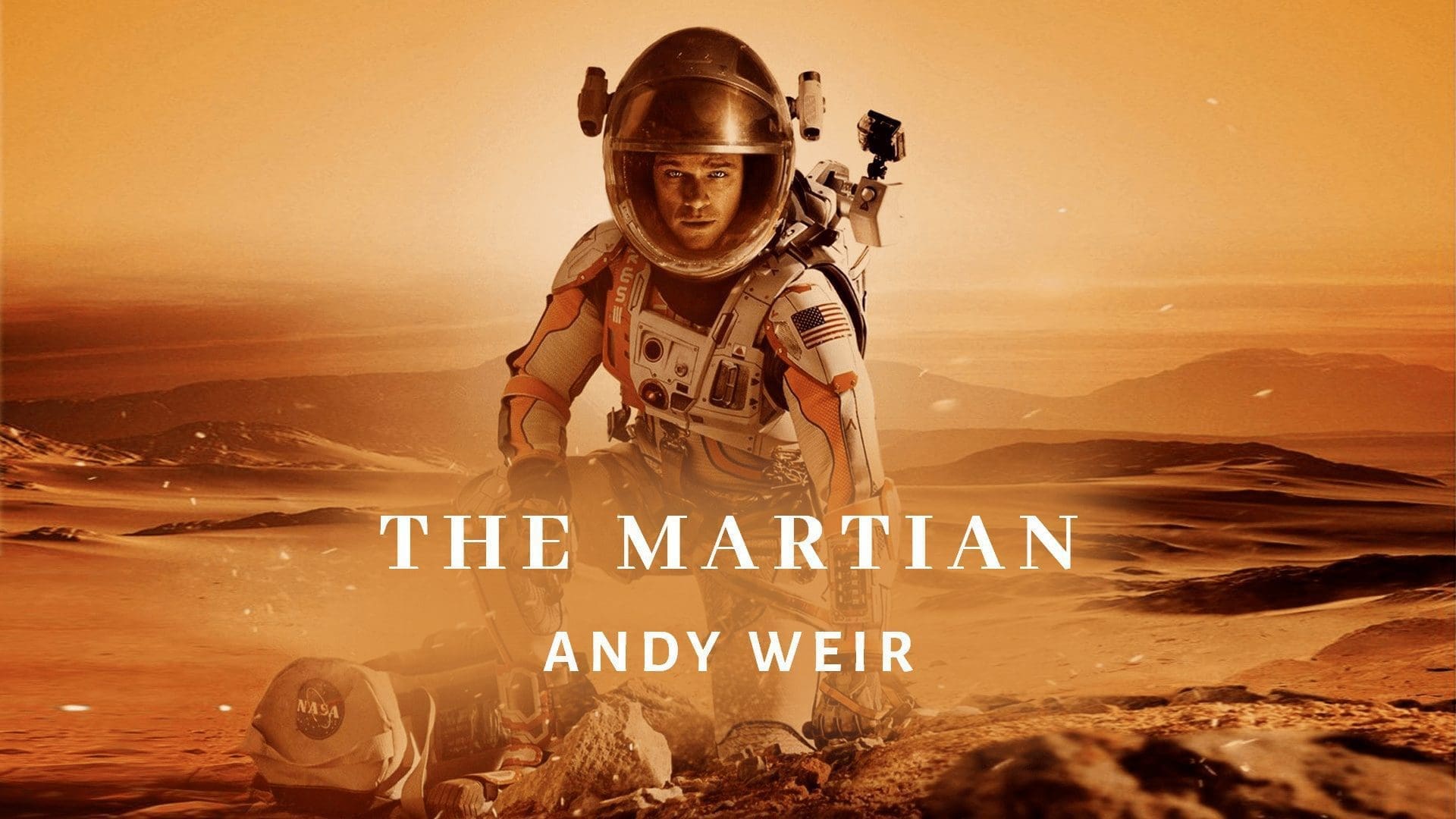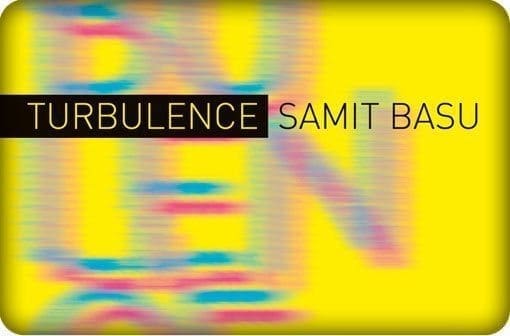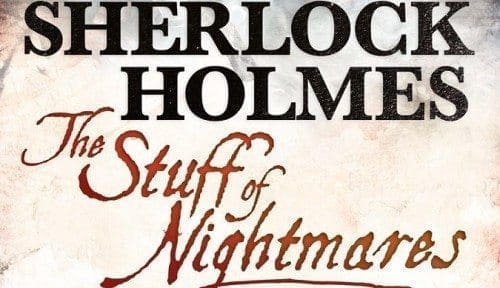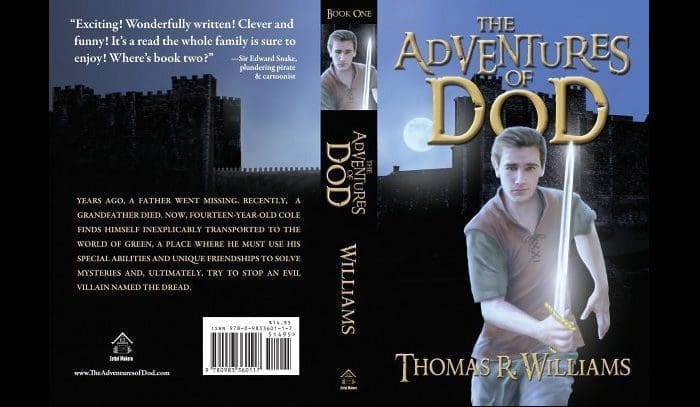 Back to the Future brought pop culture as we know it many things: references, tropes, affinities for a certain car model that might also be time machines. Naturally, it was time for the fans to give their dues back to such an influential series in the geekdom. And this is exactly what Richard Hadley and Greg Mitchell accomplish in their newest compendium to the franchise, Back in Time: The Unauthorized Back to the Future Chronology. This guide features a time-relative guide to the series’ events with impeccable detailing and character sketches by artist Pat Carbajal. It begins in the dinosaur age and doesn’t finish until a few quadrillion years past, to testify of its accuracy. It’s got mini timelines, family trees, and a foreword by Dan Madsen, president of the Back to the Future fan club. Absolutely no information about the characters as well as the fan base surrounding the characters is left out. And it’s brilliant.
Back to the Future brought pop culture as we know it many things: references, tropes, affinities for a certain car model that might also be time machines. Naturally, it was time for the fans to give their dues back to such an influential series in the geekdom. And this is exactly what Richard Hadley and Greg Mitchell accomplish in their newest compendium to the franchise, Back in Time: The Unauthorized Back to the Future Chronology. This guide features a time-relative guide to the series’ events with impeccable detailing and character sketches by artist Pat Carbajal. It begins in the dinosaur age and doesn’t finish until a few quadrillion years past, to testify of its accuracy. It’s got mini timelines, family trees, and a foreword by Dan Madsen, president of the Back to the Future fan club. Absolutely no information about the characters as well as the fan base surrounding the characters is left out. And it’s brilliant.
Fellow geeks know it’s notoriously hard to please a fan– we tend to object if our stickler, nerd-ish standards do not match what has been put in front of us. That being said, this chronology’s concise. Intricate. Brilliant. It’s dense with detail in the most wonderful sense of the phrase: it’s fit for the dauntless fans, those who wish to be dauntless fans, and those who just enjoy a nice, slightly brain-warping reference book.
On behalf of Geek News Network, I have had the opportunity to discuss the backing behind this book and other novels with the Unauthorized Chronology’s authors, Richard Hadley and Greg Mitchell:
AW: Tell us a little about your book. What makes it different from the previous Back to the Future companion novels?
RH: Whereas A Matter of Time http://www.hassleinbooks.com/pages/book_bttfLexicon.php) presented an encyclopedic listing of all things Back to the Future, Back in Time ( http://www.hassleinbooks.com/pages/book_bttfTimeline.php) takes a different approach: charting all of the events from the movies, cartoons, video games, novels, scripts, etc., in chronological order. It was no easy feat, given the many twists and turns and time changes and outright contradictions, but it was a fascinating trip. Trying to make sense of the Back to the Future timelines is, to quote Simon Pegg’s Scotty, like trying to hit a bullet with a smaller bullet whilst wearing a blindfold and riding a horse. The films are crazy enough when it comes to changing timelines, but the cartoons altered history in nearly every episode, as did the video games. And yet, somehow, it all seemed to come together–due, in no small part, to Greg’s efforts to sift through everything and make sense of it all. In addition, we included a number of appendices, including an essay discussing Hill Valley’s history, a map of all the various businesses in Courthouse Square from each known era and reality, a mini-timeline charting every known temporal jump (you’d be amazed at how many there are, once you go beyond the films), a discussion of Marty and Doc’s brushes with fame, and a set of family trees showing the relationships of all known members of the McFly, Brown, Tannen, Baines, Parker, Strickland and other Hill Valley families.
AW: What inspired you to write a chronology of the Back to the Future series in the first place? Why this movie and why now?
RH: In a nutshell, Greg inspired it. After I’d written a pair of Planet of the Apes books (a timeline book and a lexicon), Greg wrote to me and suggested I give Back to the Future the same treatment. I invited Greg to write one while I’d write the other, and Greg agreed. He later asked me to co-author his volume, which I was happy to do, but he did the lion’s share of the writing. As for why… why not? When it comes to time travel (an interest of mine, as you might guess, given my Apes books), it doesn’t get much cooler than Back to the Future.
GM: Yeah, Rich often gives me the credit for coming up with the project, but were it not for his awesome work on the Apes books, I never would have thought of it. So I guess it’s one of those “chicken or the egg” scenarios. As for “why now”—while we certainly didn’t plan for this—but there seems to be a renewed interest in Back to the Future these days. Or, maybe it’s just that I’m more acutely aware of it. But there have been a couple new BTTF-inspired commercials and I know Michael J. Fox has a new show that might be getting a reunion with Christopher Lloyd. Plus there’s the TellTale Game and the—quite erroneous—facebook memes claiming what day Marty traveled to the future, it seems that Back to the Future is just as alive as ever. I think it’s the perfect time for a book like this.
AW: Would you say the movies changed you when they first came out? How so?
RH: Changed me? Hmm.. No, not really. They were hilarious and exciting and worth endlessly re-watching… but I can’t truthfully say they changed me, other than by the fact that all of our experiences change us to some extent. The did make me take Michael J. Fox a lot more seriously as an actor, though–an irony, given that these films are comedies
GM: I go on a bit about it in the intro for the timeline, but I was re-introduced to the movies in high school when I was going through an especially angsty period of my life. The movies were just so much fun and hopeful and filled with wonder that it really served as an escape for me. Or, at the very least, a reminder that life didn’t always have to be so dire. Back to the Future was just a great excuse to have fun and relax a bit.
AW: Have either of you written any novels before this one– how does this compare to previous experiences?
RH: Well, this isn’t actually a novel–it’s a reference book–but if you’re asking if we’ve written other books, then the answer would be “yes” for both of us. (I’ll let Greg respond about his writing history.) I’ve written the above-mentioned Planet of the Apes books, as well as the first Back to the Future volume, and I also contributed to Drew Gaska’s novel Conspiracy of the Planet of the Apes, from Archaia Publishing and BLAM! Ventures. In addition, I’ll soon be co-writing a pair of official reference books for a popular Canadian science fiction TV series, though that hasn’t yet been announced so I can’t say more. And I’m among the authors of a soon-to-be-published Star Trek-based essay book from Sequart.
GM: I’ve written seven novels, five of them published, and three more novels in the works. Like Rich said, this wasn’t a novel, and it was my first attempt at a non-fiction piece. It was more of a switch than I had anticipated, ha, but Rich was there for me every step of the way, lending his expertise—and he IS an expert, believe me.
AW: Back to the Future is a series well ingrained in pop-culture as well as science-fiction and moviegoer culture alone and encompasses some people’s childhood nostalgia. How do you make sure that your chronology holds the standards to which fans expects of such a well-known series?
RH: It’s a tall order, to be sure. When writing for any franchise (as I’ve learned firsthand while writing for the Star Wars and Star Trek franchises), there’s always a danger that fans will feel that you failed to live up to their expectations. Fans take their favorite mythos VERY seriously, and react very protectively when they believe an author has written something sub-standard. In the end, Greg and I can only hope the fans don’t see it that way, and that they realize the amount of love and effort that go into these books. What helps, I think, is that we’re both fans to begin with, so we KNOW how important it is to live up to the nostalgia. And I’d like to think we’ve succeeded–we’ve received accolades from Bob Gale (the trilogy’s co-writer), Claudia Wells (Jennifer) and AJ LoCascio (the voice of Marty from Telltale Games’ video games), and we’ve also been privileged to feature forewords by Stephen Clark (founder of the official BTTF Web site) and Dan Madsen (founder of the official BTTF Fan Club).
GM: It helps that it encompasses MY childhood nostalgia, too. I came to this with a love for the series and I just wanted a chance to celebrate every aspect of it. Even the cartoon brought back a lot of fond memories and it was great fun revisiting those and sharing them with my kids for the first time.
AW: What was the most difficult part of compiling the book?
GM: Just trying to figure out the timestamps. Sometimes you can kinda make out what the time coordinates say, and sometimes you gotta go back and do your math. And I hate math 🙂
RH: The most difficult part, for me, was sitting through the cartoons for repeated viewings. Some episodes are great fun… but some of them are pretty dire. 🙂
AW: At the end of the day, was it worth it?
RH: Great Scott, yes!
GM: This book took about three years to write and there were many times along the way I asked myself if it was worth it, ha. But now that the book is out, I can say “Definitely, yes”. It was oftentimes tedious but I am so proud of the work everybody put into this thing and I am so glad I stuck it out. I’m thankful to everyone at Hasslein for the opportunity and thankful to the fans who are responding so well to the book thus far!
AW: Do you have plans to make any other movie tie-ins we geeks should look out for?
RH: As a matter of fact, yes! Hasslein Books (http://www.hassleinbooks.com/ ) is currently preparing similar books about the following universes: Alien VS. Predator, Battlestar Galactica, Doctor Who, Ghostbusters, GI Joe, James Bond, The Man From U.N.C.L.E., Psycho, Red Dwarf, and Universal Monsters. And I’m sure, over time, we’ll add more to that list.
AW: Once again, thank you for both of your guys’ time to interview in the first place. It was a wonderful experience
Be sure to give their novel a look-through as well as keep your eyes out for future fandom chronologies by Hasslein Books. For more information in case of last-minute Christmas shopping for that special geek in your life, please visit their website (http://www.hassleinbooks.com/pages/book_bttfTimeline.php)
[SlideDeck2 id=9535]
Anneka Winder is a writer, among other things. When she is not getting carpal tunnel syndrome from excessive writing, she is usually reading. You can track her strange and sometimes incoherent ramblings here: http://renegadebard.webs.com/











